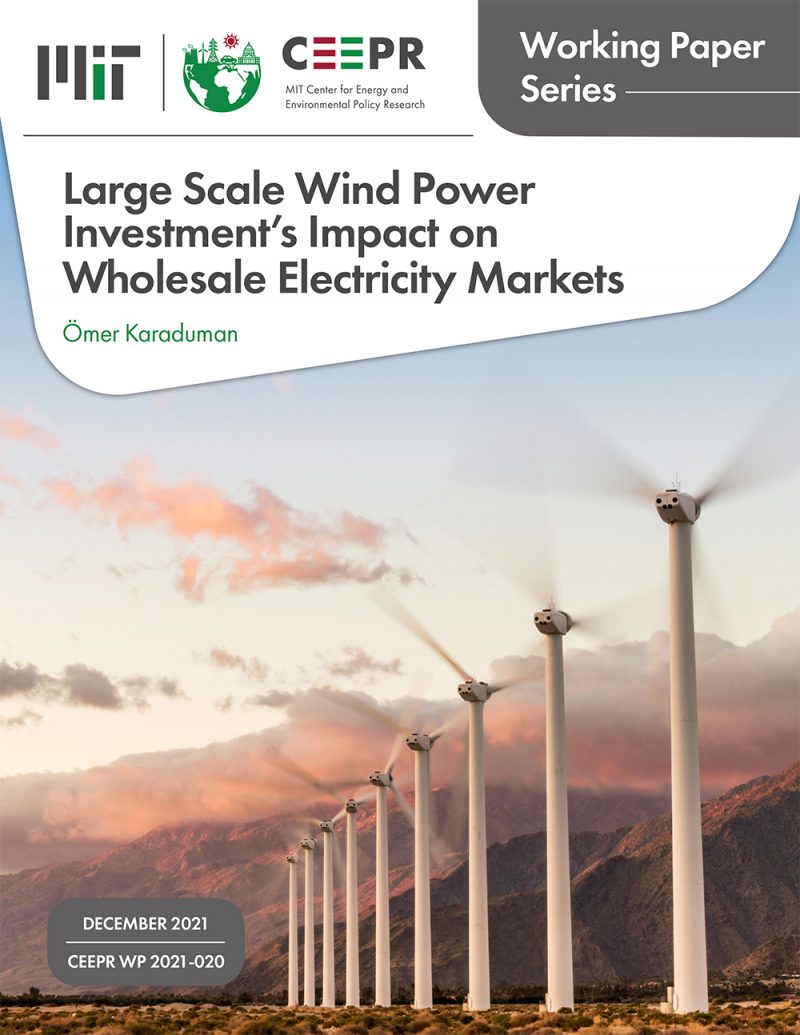Large Scale Wind Power Investment’s Impact on Wholesale Electricity Markets
Ömer Karaduman
December 2021
Renewable subsidies are an influential device for wind power investment. These policies help lower emissions by offsetting high-emitting electricity generation with clean energy. For zero-emission targets, the transition towards renewable power should be accompanied by the retirement of thermal generators to clean the energy mix in the power sector. In this paper, I build a framework to quantify the offset and revenue impact of large-scale wind power investment in a wholesale electricity market and apply it to study the South Australian Electricity Market. The equilibrium framework computes a supply function equilibrium using estimated best responses from conventional sources to observed variation in the residual demand volatility. I first show that reduced-form methods are biased as the scale of the additional capacity increases. My results highlight that with different investment sizes, the substitution patterns and revenue impact of wind power differ considerably. As the penetration level of wind power increases, the electricity becomes cheaper. The offset and negative shock shifts from low-cost inflexible generators to high-cost flexible generators, while the negative revenue impact is the highest on existing renewable generation. These impacts exhibit heterogeneity in price impact among different potential wind power projects. These results have some policy implications on renewable targets’ long-run effects on the generation mix and the project selection given the subsidy scheme.



